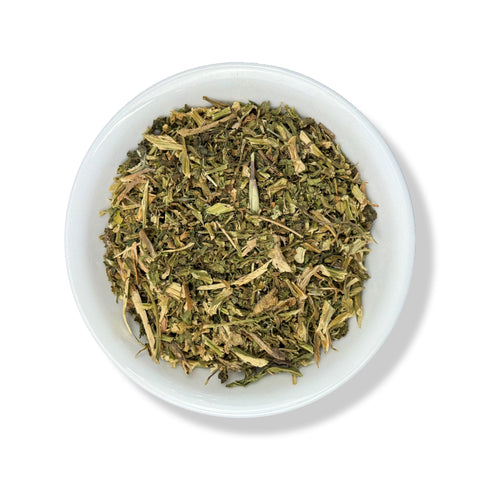
Epazote De Comer (Wormseed)
- + Buy ANY 5 Products, Get 1 Free! *BULK Products Included*
- + 15-Day Money Back Guarantee
- + Get It Fast! Orders Ship Same Day
![]()
Botanical Name: Chenepodium Ambrosioide
Origin: Mexico
Discover the vibrant flavors and traditional benefits of Epazote de Comer, a staple herb in Mexican and Central American cuisines. Renowned for its distinctive aroma and taste, Epazote is not only a culinary delight but also boasts a history of medicinal use. Our Premium Epazote de Comer is harvested at its peak to ensure the highest quality and potency, perfect for enriching your dishes while embracing its healthful properties.
Benefits
- Supports healthy digestion
- May help with parasite prevention
- Rich in antioxidants
These statements have not been evaluated by the Food and Drug Administration. This product is not intended to diagnose, treat, cure, or prevent any disease.
This product is intended for nutritional support. If pregnant, nursing, or taking medication, please consult with a health professional before use.
Keep out of reach of children.

